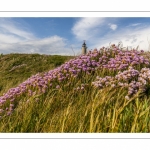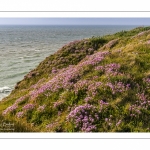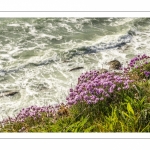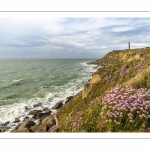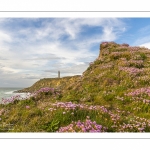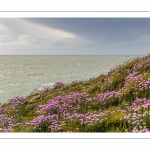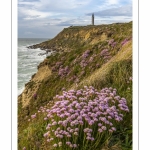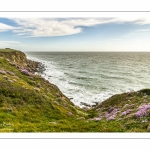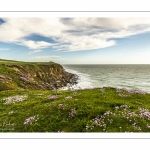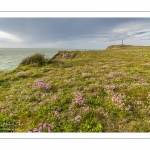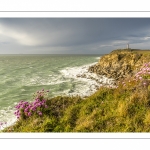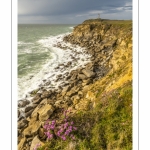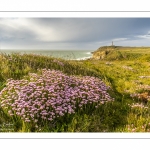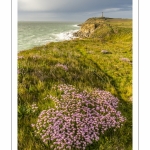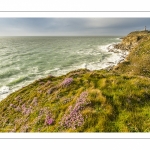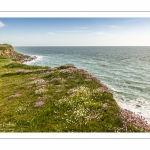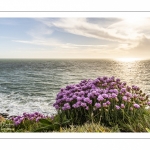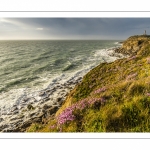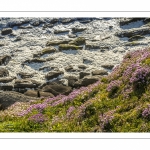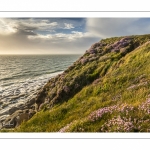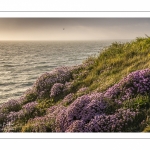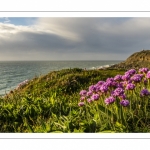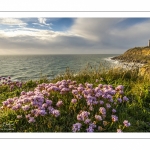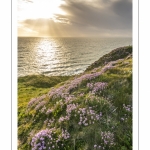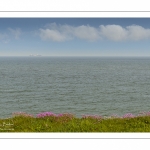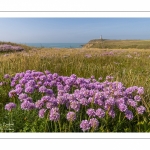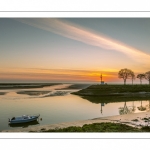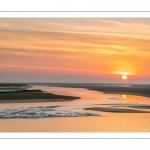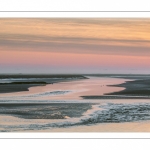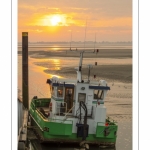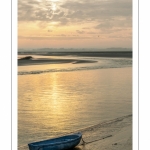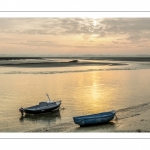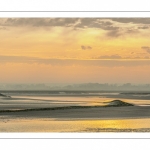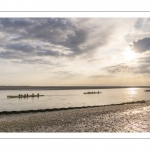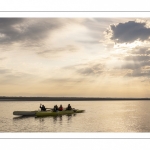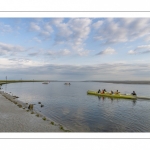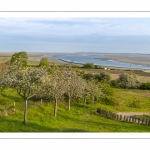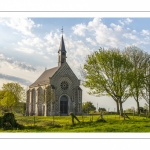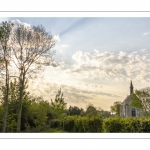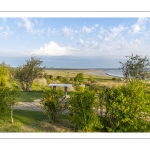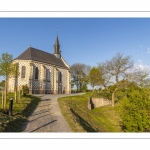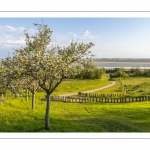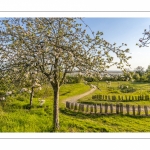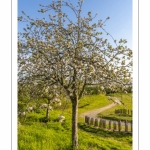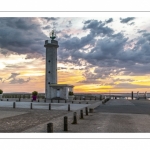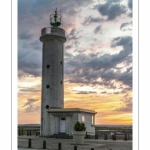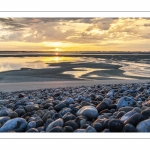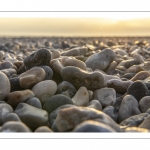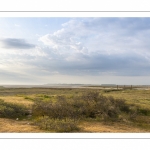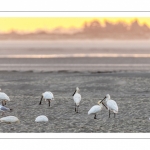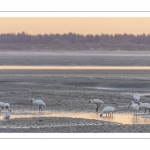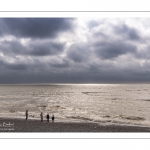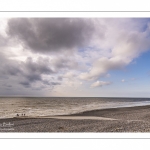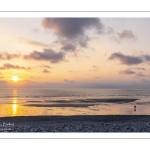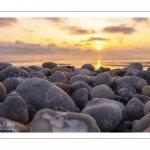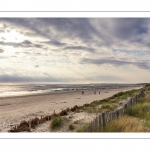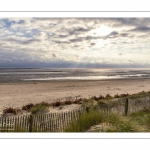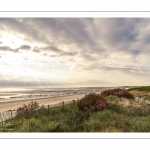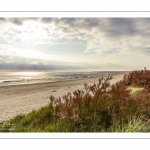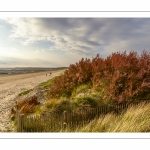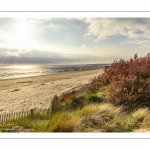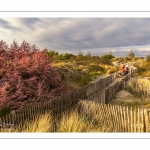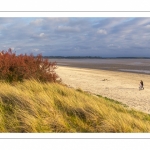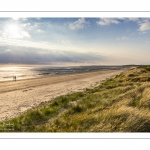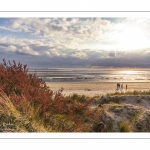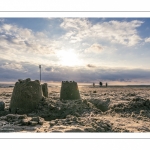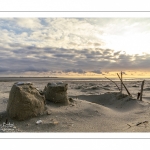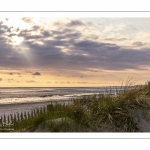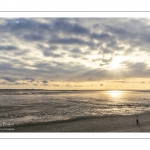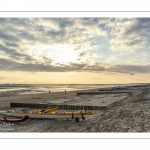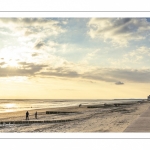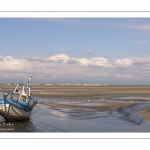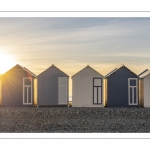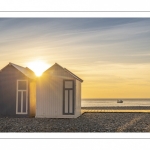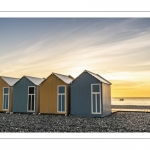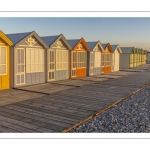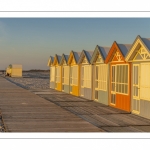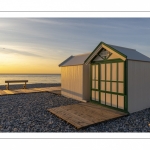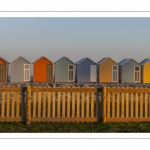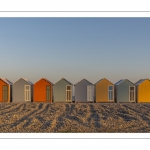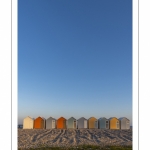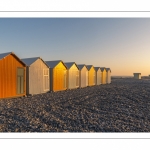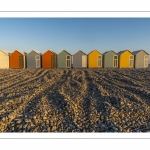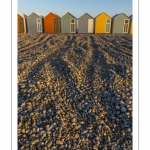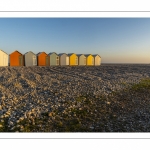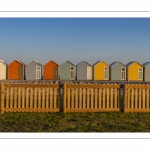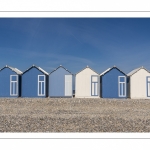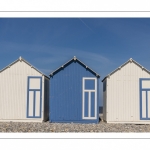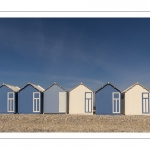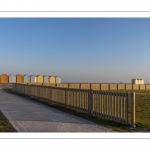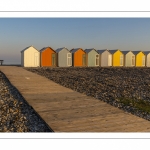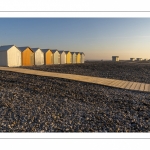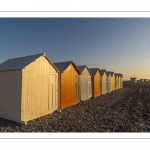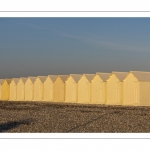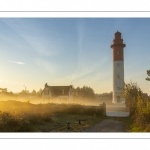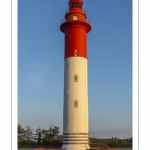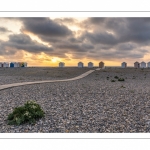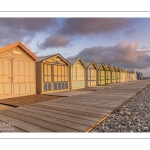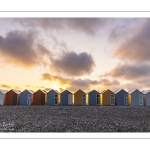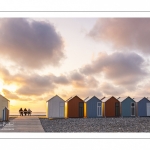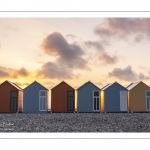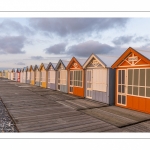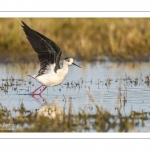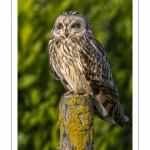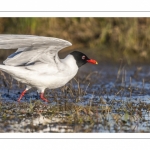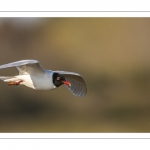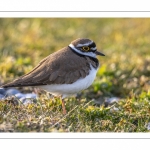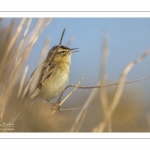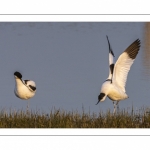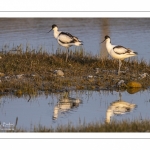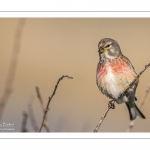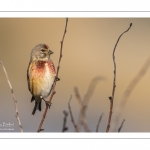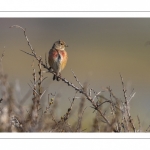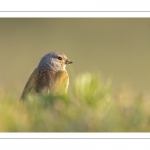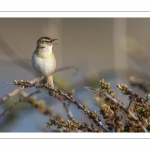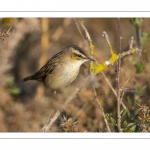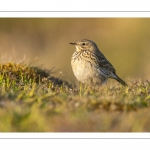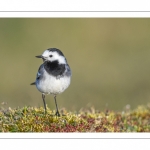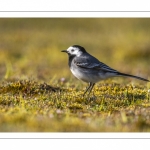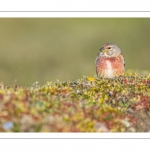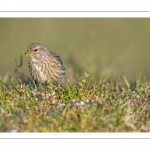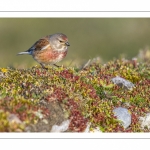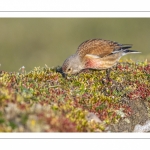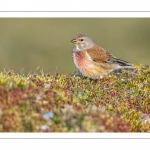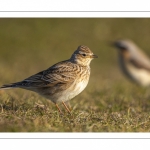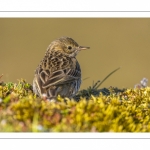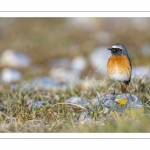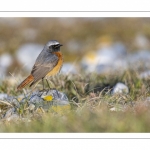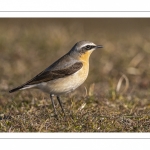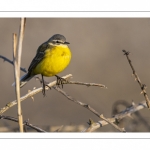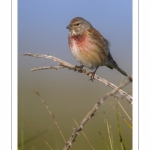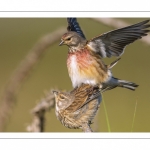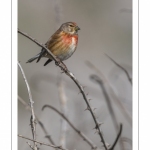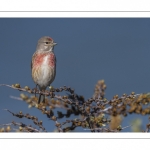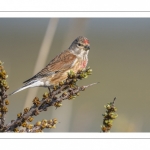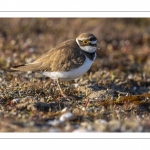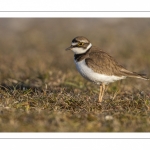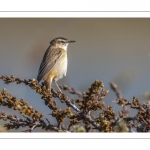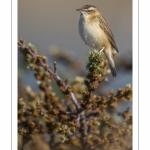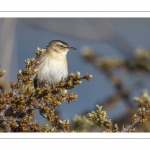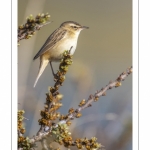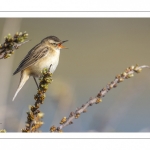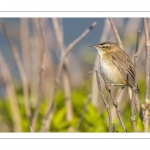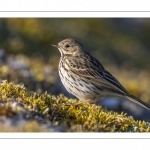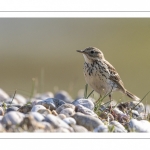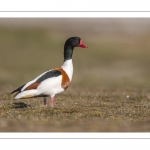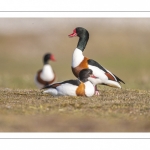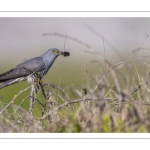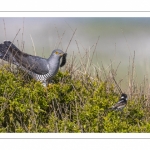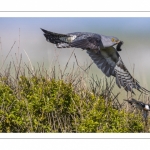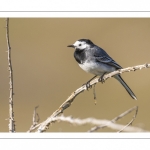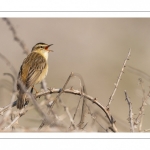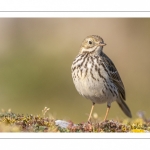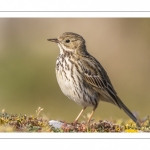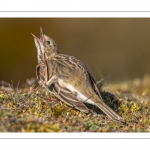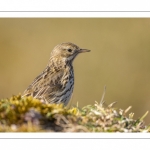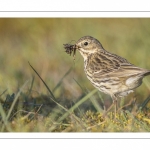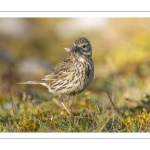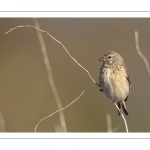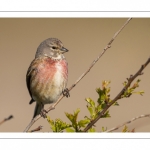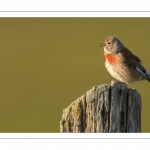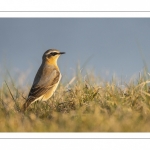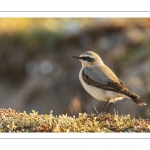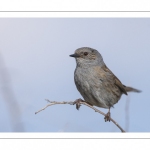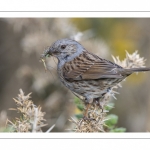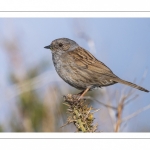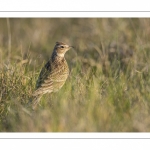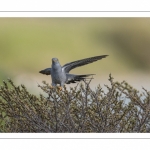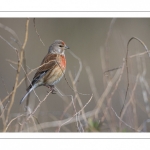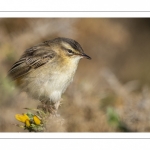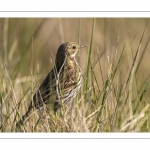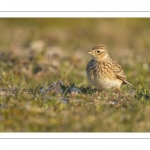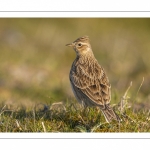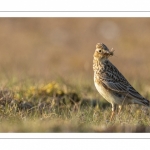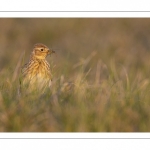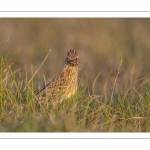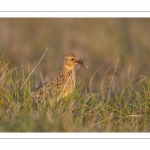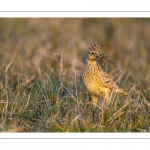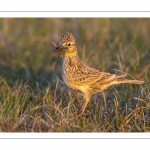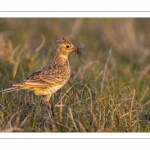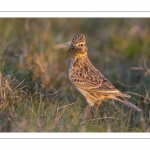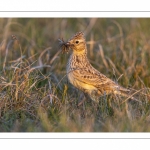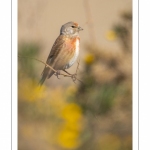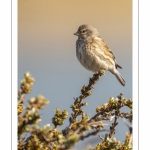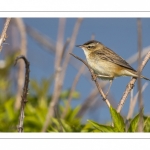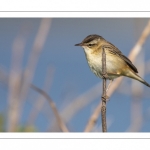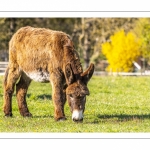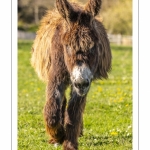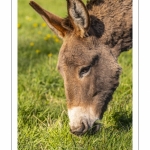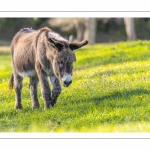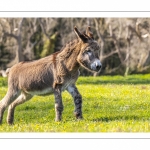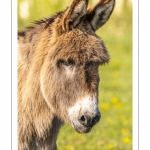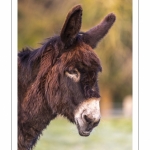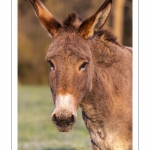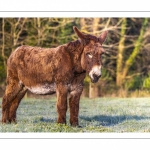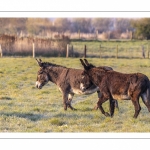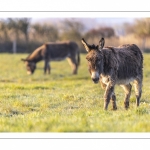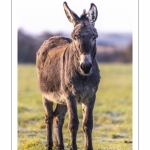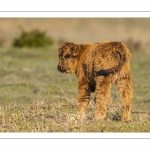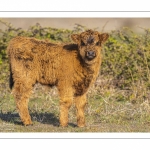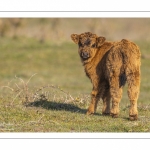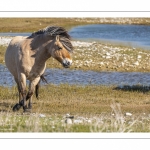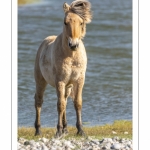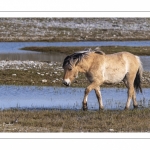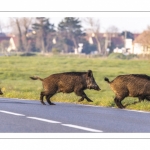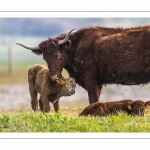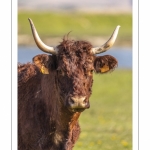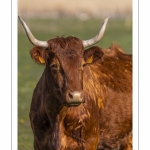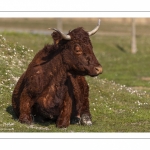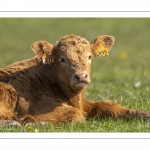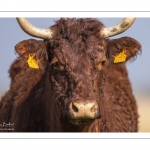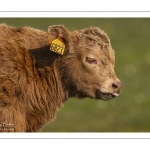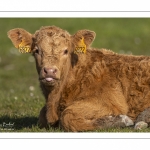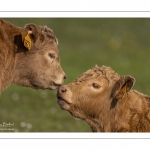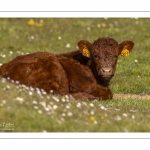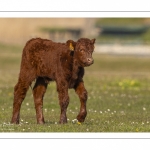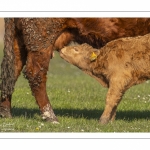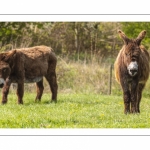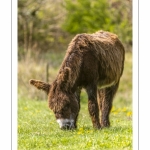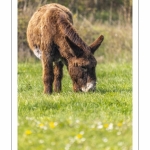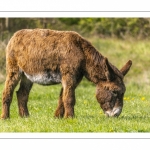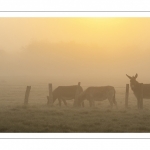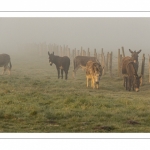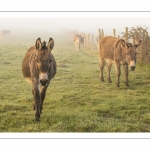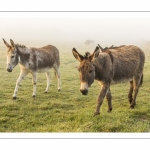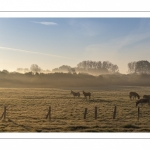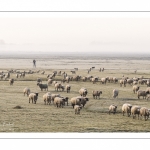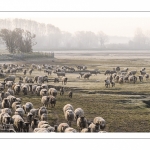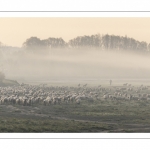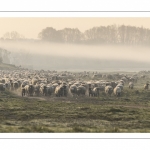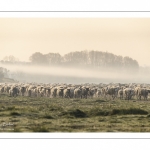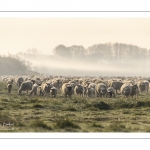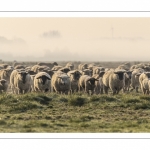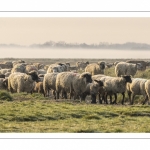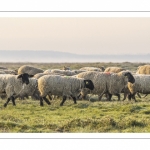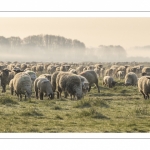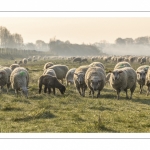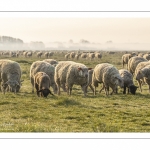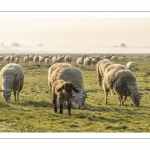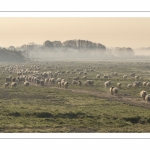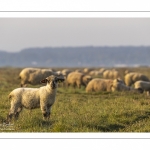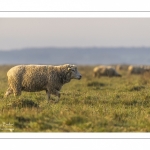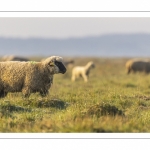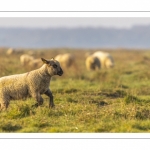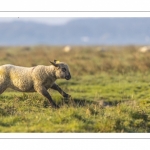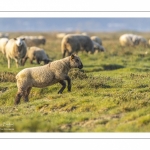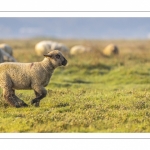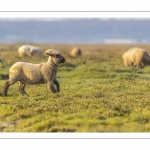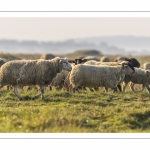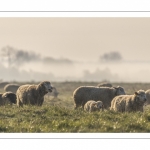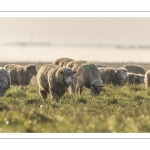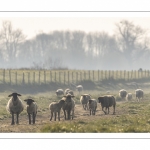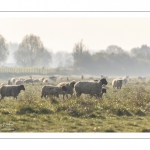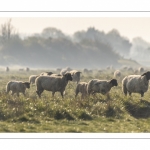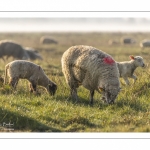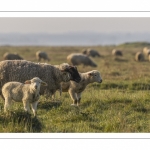Arméries maritimes en fleurs sur la côte d’Opale
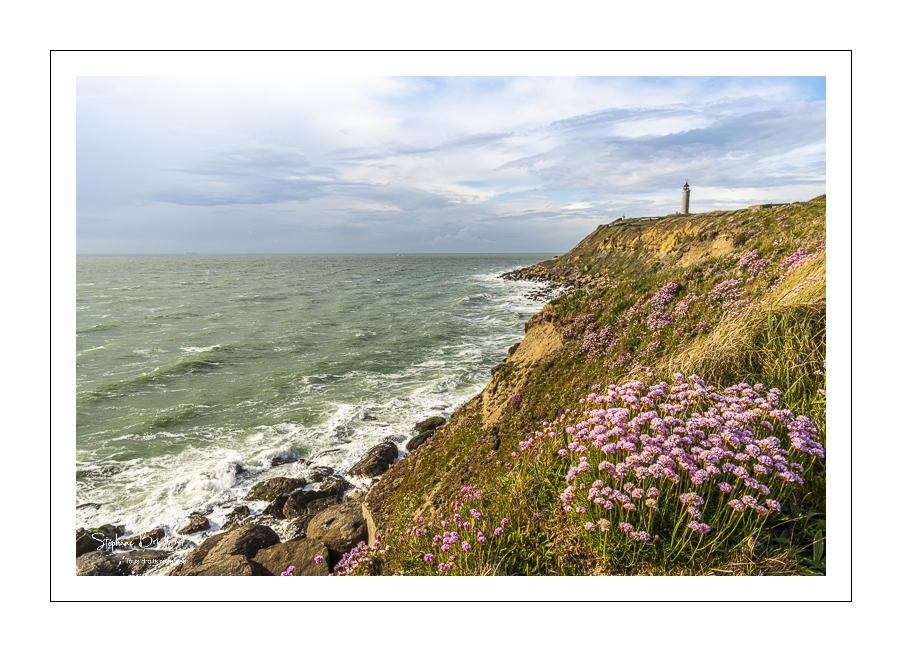
Voici une série de photographies réalisées sur le site des deux caps, sur la côte d’Opale. Plus précisément, en suivant le chemin de grandes randonnées GR 120 vers le sud, entre le Cap Gris-Nez et le Cran-aux-Œufs, ce hameau niché dans la falaise. Le Cap Gris-Nez est un site classé, et du haut de ses falaises qui culminent à 50 m, on a un superbe panorama du Cap blanc-Nez à Boulogne-sur-Mer. C’est ici que le détroit est le plus étroit avec 28 km de large, et les côtes anglaises sont bien visibles par beau temps.
Le chemin part au pied du phare, où siège le Centre régional opérationnel de surveillance et de sauvetage (CROSS). C’est lui qui gère le trafic maritime dans le détroit du Pas-de-Calais. Avec 500 bateaux par jour (200 000/an), c’est le détroit le plus fréquenté au monde. Le rail montant, près des côtes françaises, est pour les bateaux allant vers le nord. Le rail descendant est emprunté pour aller vers le sud le long des côtes anglaises. Avec les courants et les brouillards fréquents, les risques de collisions entre les énormes portes-containers sont réels, alors que nombre d’entre eux transportent des matières dangereuses. D’autant que chalutiers et ferry traversent la manche en permanence dans l’autre sens également. La mission du CROSS est donc primordiale pour protéger les vies, et l’environnement du site.
Le Cap Gris-Nez est en effet un haut lieu de migration pour les oiseaux, bien connu des ornithologues qui viennent y recenser les différentes espèces migratoires. En bas des falaises composées de gros blocs de grès et de marnes, vous pourrez aussi apercevoir les phoques ! Les habitats naturels rares autour du site abritent par ailleurs une riche biodiversité faunistique et floristique.
Après avoir salué les moutons boulonnais qui broutent tranquillement, il faut donc descendre l’escalier au pied du phare. Le GR 120 est bien aménagé, il reste cependant quelques passages un peu plus scabreux pour les personnes ayant du mal à marcher.
Le bord des falaises est constitué de pelouses aérohalines. C’est ce terme qui désigne les milieux constitués de formations végétales rases dominées par les graminées, surtout présentes sur les côtes exposées aux vents dominants. Les espèces qui s’y développent présentent des adaptations leur permettant de résister aux aspersions d’embruns salés.
On y retrouve notamment l’Armérie maritime (Armeria maritima), communément appelée le Gazon d’Espagne… C’est au printemps que ces petites fleurs roses viennent embellir tout le site de leurs touches de couleur. Chaque creux, chaque tournant du chemin, offrent une nouvelle perspective sur la côte fleurie avec parfois de véritables tapis de fleurs… La météo n’a pas été particulièrement clémente cette année pendant la période de floraison. J’ai quand même réussi à profiter de quelques éclaircies, voici donc les images que j’ai pu réaliser. Les autres photos sont dans la galerie.
Images de la Baie de Somme
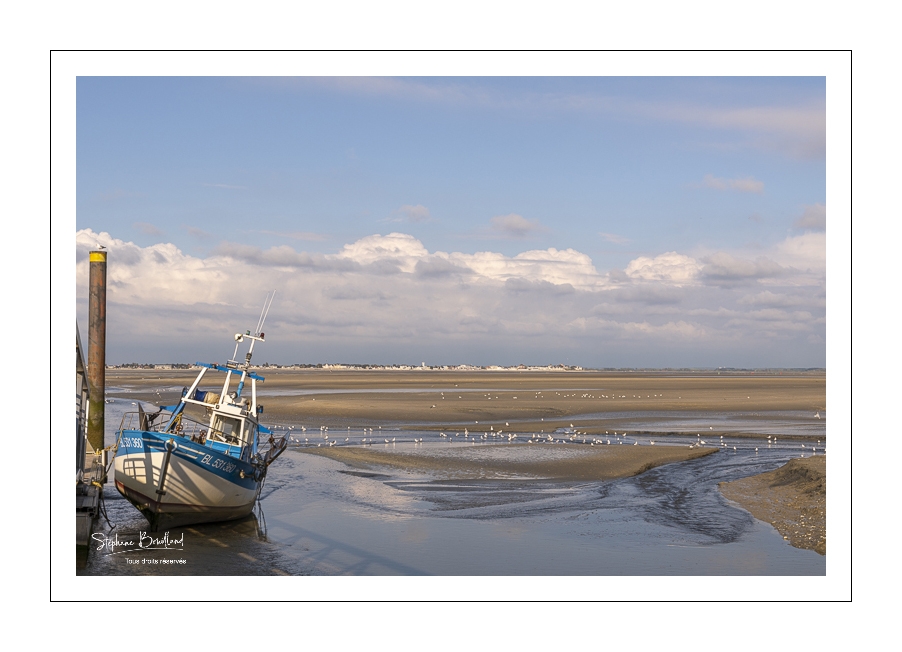
Voici un petit pêlemêle de photographies prises au printemps en baie de Somme. La promenade commence sur les quais de Saint-Valery. A l’aube, les levers de soleil toujours aussi beaux. La brume matinale diffuse la lumière orangée du soleil levant et l’eau reflète le ciel magnifique. Quelques barques ondulent sur l’eau calme, juste bercées par le courant dans le chenal.
Le lendemain, c’est au Hourdel que je profite du soleil levant, le ciel plus chargé se découvre peu à peu pour permettre la photo ci-dessus, avec le chalutier amarré à l’entrée du port. Quelques jours plus tard, c’est la drague verte bien connue des habitués du lieu qui a pris sa place. A la pointe du cordon de galets, les spatules blanches sont réunies comme à leur habitude. Elles explorent les eaux peu profondes à la recherche des crabes et des crevettes.
Au cap Hornu, c’est le printemps ! Après un grand bonjour aux amateurs de pirogue indonésiennes (Va’a) qui passent dans le chenal, je me dirige vers la chapelle des marins. Le chemin qui grimpe le côte pour accéder au point de vue est bordé d’arbres fruitiers en fleurs, c’est très joli. Je découvre également avec plaisir un nouveau point de vue sur la chapelle car la haie qui la masquait a été taillée.
Enfin je tente ma chance un soir, malgré une météo assez imprévisible. A Cayeux un grain approche, je fais quelques images avant de filer sur le Crotoy plus dégagé. La lumière filtrée par les nuages est superbe et laisse deviner les rayons du soleil. Un Tamaris de belle taille colore la dune, il sera mon sujet et mon modèle pour la soirée !
The path of boards in Cayeux-sur-mer
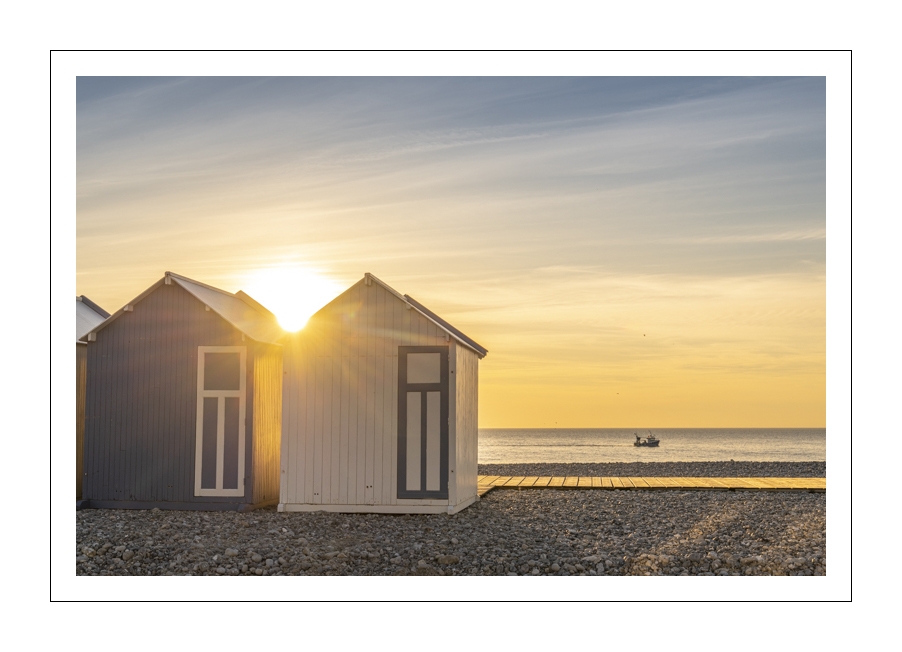
The chemin des planches in Cayeux-sur-mer extends for 1.8 km along the pebble beach, which is said to be the longest in Europe. It is installed by the municipality each spring and put away at the end of the summer season, before the first storms. The chemin des planches is lined with nearly 400 beach cabins which make all the charm of this destination. Traditionally white and green, the cabins have been partially repainted this year with great taste. This much richer and harmonious color palette, already makes the happiness of photographers.
At sunset, it is a must-see as the cabins are bathed in a beautiful golden light. Take the walk by reading the names given to each of its cabins, it's full of poetry and humor... From this spot, you can reach the cliffs and the Hâble to the south. To the north, it is the lighthouse of Brighton and the white road towards Le Hourdel and the bay of the Somme with a pleasant bicycle ride.
For the small story, these cabins appeared at the end of the 19th century, in the "belle époque" , before the First World War. The bourgeoisie discovered the fashion of sea bathing and the development of the railroad allowed the first tourists to come and enjoy the coast. The beach cabins were then used to allow the ladies to change. They replaced the canvas tents initially used. The first ones even had wheels to be brought closer to the water.
They are now largely privately owned but are listed in the general inventory of cultural heritage. Their installation is subject to strict specifications, it is forbidden to trade, sleep, or light a barbecue (Source) . Since this year, a beach bar is open with an architecture in the style of cabins, and offers entertainment to holidaymakers by hosting small concerts in particular.
A spring at the Hâble d'Ault
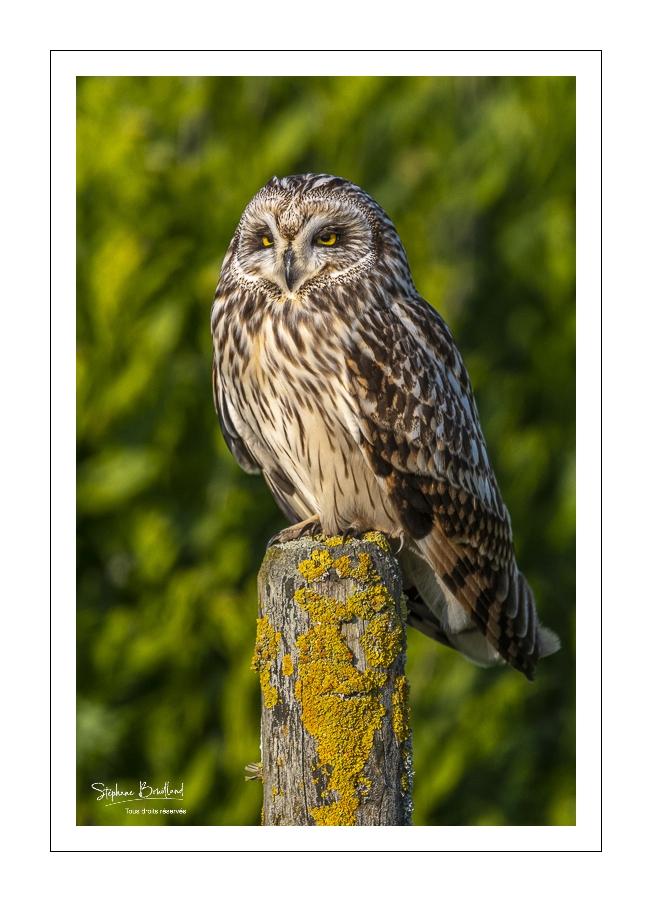
This year, the weather offered us two beautiful weeks of good weather in spring while I was on vacation and I was able to take advantage of it to go and do some wildlife photography at the Hâble d'Ault.
First of all, there was this beautiful Barn Owl, sitting on his post, and letting me get within a few feet. I can't imagine how the mouse feels when he meets the yellow and piercing eyes of this bird... I could see him a second time a few days later, but he was less cooperative...
I also came across the gray cuckoo, who had come to look for a large caterpillar in a bush near which I had posted my blind. The whinchat I was watching at the time got the fright of its life.
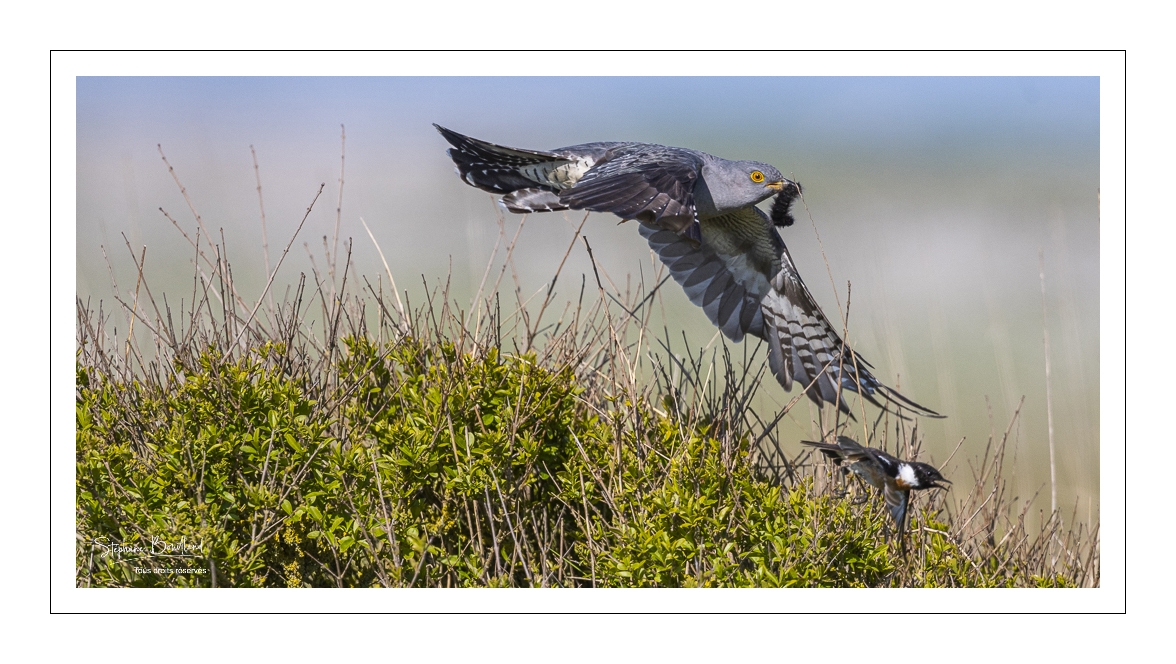
There was also the white-fronted redstart, which I had never encountered before. This little bird really has a beautiful, colorful livery.
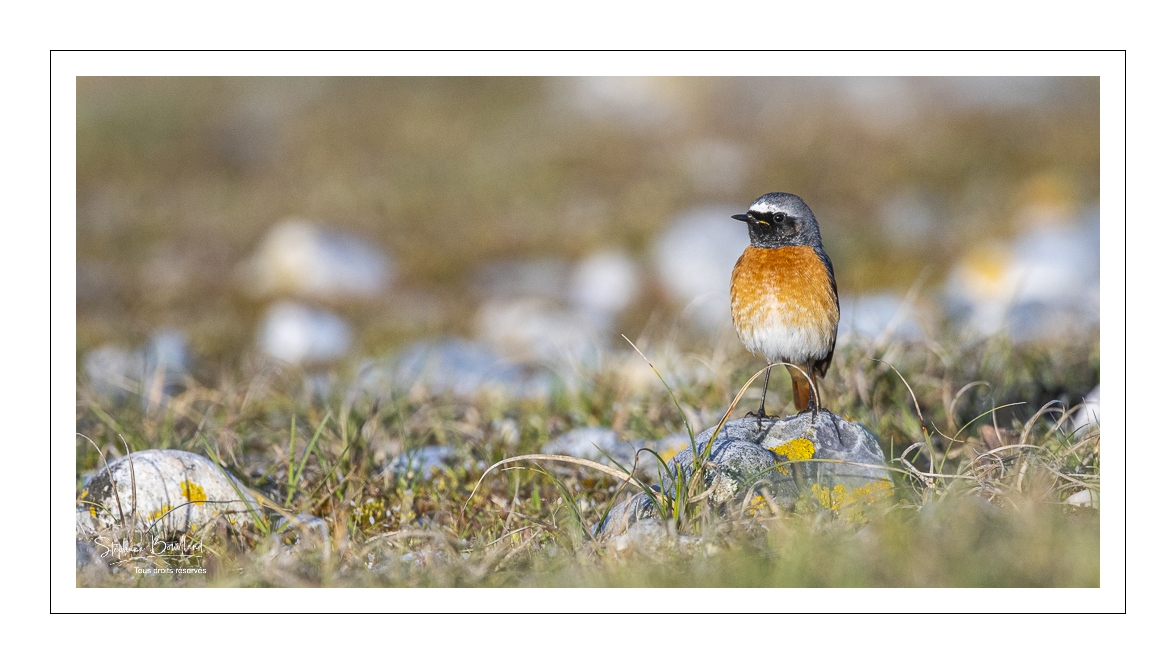
I also learned to recognize the Lark, which I must have often confused with the Meadow Pipit in the past. The beak is actually more conical, there is sometimes a small crest erected on the head and the spots on the belly do not go down as low as in the pipit... I was able to observe them feeding their young by bringing them in turn (both adults participate) full spoonfuls of mosquitoes, larvae and other insects. The nest is a simple cavity at the foot of a grass clump, and the parents are very careful not to feel observed before going there. The brood is at the mercy of the first dog not held on a leash that passes there, or of the first vehicle that drives off the path... Notice to the hunters of the area who do not have much consideration for all this biodiversity.
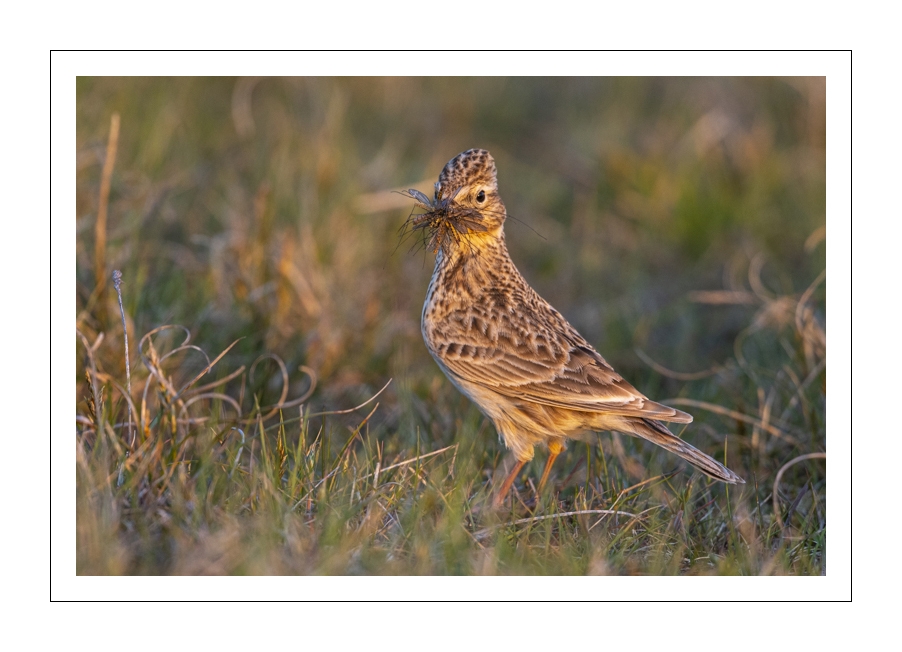
And then there were the usual melodious linnets, whose male with those red colors is so photogenic. I was able to witness the nest building in a bush, which seems to be the responsibility of the female, with the male merely accompanying her. I could also see a very brief mating scene. The linnets seem to enjoy the lichens and other fatty plants that they find on the gravelly lawns of the hâble, sometimes merging with the vegetation in an astonishing mimicry.
The brush warblers are also well represented at this site. At this time, the males sing at the top of the branches of the bushes to attract females. The variety of trills they emit is incredibly rich! What a repertoire they have! And then as soon as they have found a mate, it is radio silence and they return to their discreet life...
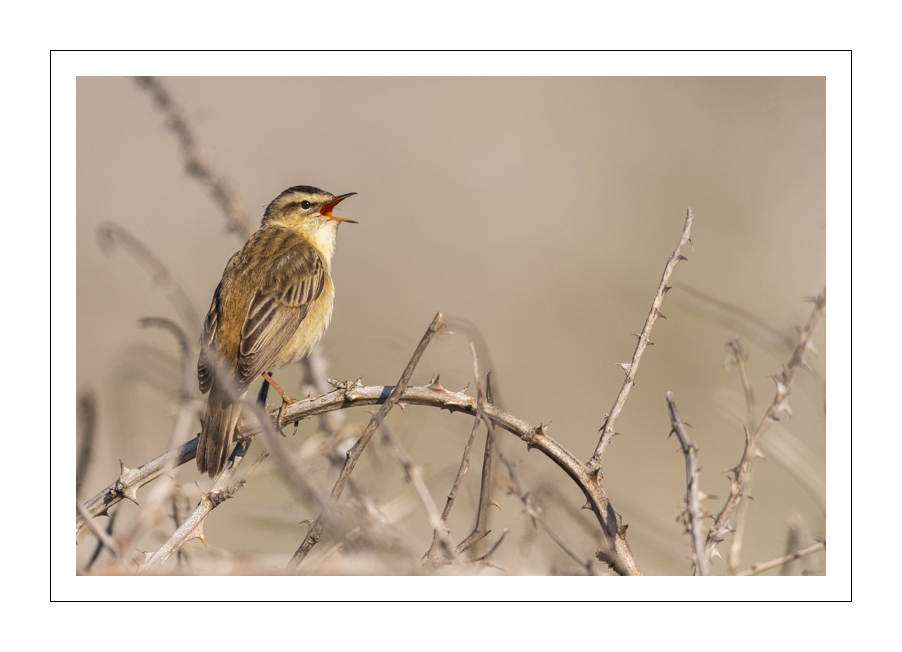
In the images below, you will also find the following species, some of which are emblematic of the Bay of the Somme: Elegant Avocet, White Stilt, Melanocephalus Gull, Meadow Pipit, Spring Wagtail, Grey Wagtail, Northern Accentor and Little Gravelot. Enjoy your visit!
Along the pastures...
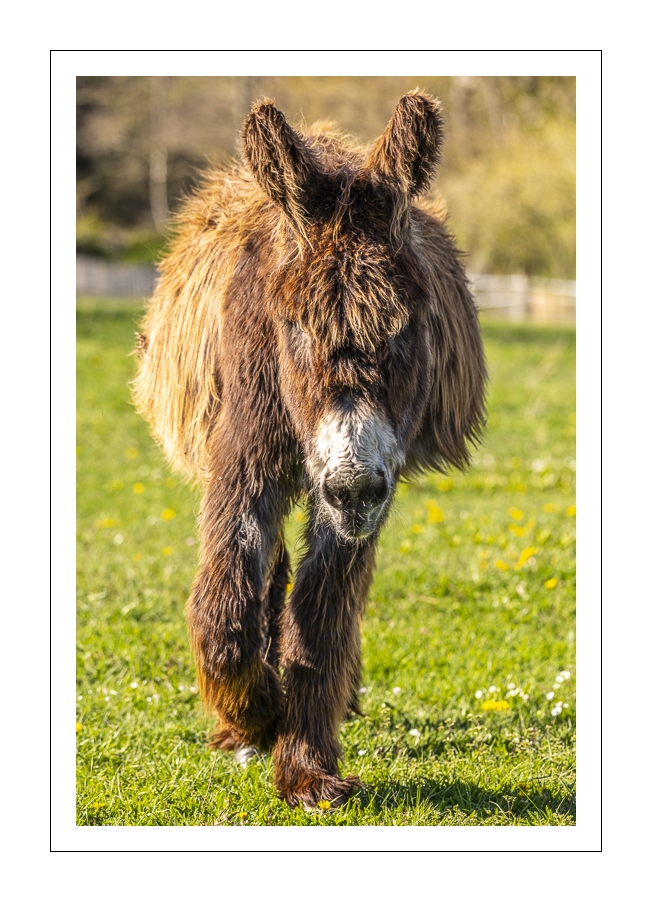
They accompany most of my photo outings and yet it is rare that I give them the attention they deserve. To make up for this, here is a gallery dedicated to farm animals encountered in the pastures. You will find a series on donkeys near Cayeux-sur-mer, with common donkeys and Poitou donkeys, some fjord ponies crossed at the hâble d'Ault too. I add the Highland cows and especially their calves so photogenic, as well as the Salers with long horns. And for the anecdote, a group of wild boars which crossed the road near me one morning.
Foreshore lambs in the Bay of the Somme
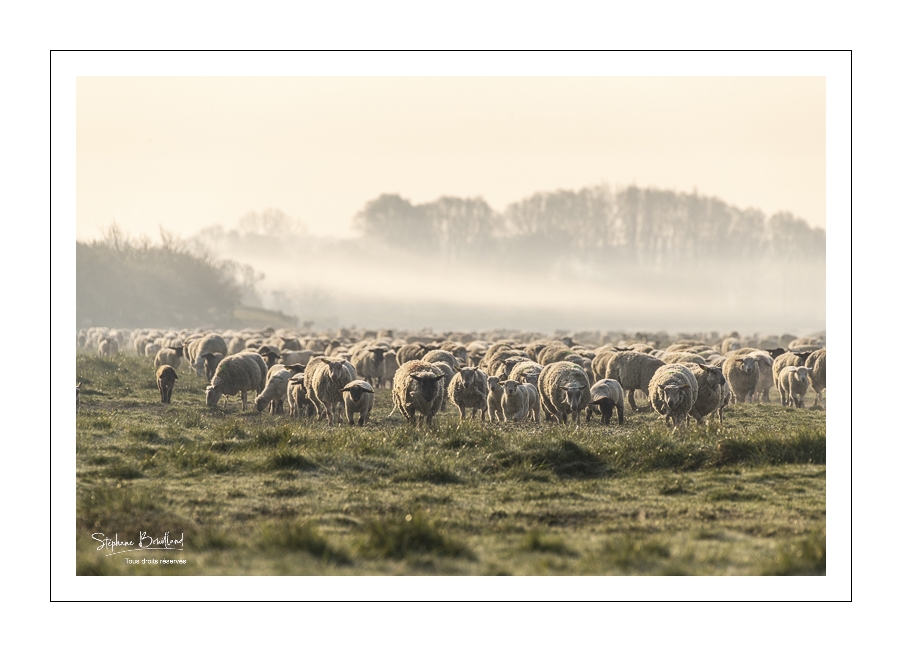
As soon as spring arrives, the sheep invade the foreshore to come and taste the halophilic plants. The sea flora charged with salt and iodine, combined with the long displacements, gives this so particular taste to the flesh of the lambs, very appreciated by the experts. This meat is marketed under the appellation of controlled origin (AOP) "Prés-salés de la baie de Somme". During the summer, the foreshore sheep feed mainly on puccinelle, samphire, maritime aster and sea lilac.
Taking the sheep to graze in the foreshore is a local tradition attested since at least the 15th century. Lambing takes place in the sheepfold during the winter, although some farmers schedule births in the spring to avoid supply shortages. For the first two or three months after birth, the lambs are fed mainly on their mother's milk. The animals are taken out in March after the high tides of the equinox and stay in the bay for a minimum of two and a half months, extending into the autumn.
Their meat is sold fresh in butcher shops from June to January. The PDO prohibits freezing but canneries offer it all year round in jars. The breeds authorized by the PDO are selected for their resistance to long walks and difficult environments. They are the Suffolk, Hampshire, Roussin, Ile-de-France, Rouge de l'Ouest, Boulonnais and Vendéen breeds. Today an association brings together a dozen breeders whose 3,600 ewes and 2,200 lambs at the height of the season make up the 4 large flocks of the bay.
In the past, each inhabitant of the surrounding communes had the right to graze a few sheep, and since then shepherds have been employed collectively to supervise and guide the flocks. There are no predators in the Bay of the Somme, but the risk of getting stuck in the muddiest streams is real and the arrival of the tide is then fatal. It is therefore necessary to constantly guide the animals towards the safest passes and the shepherd must regularly extract animals trapped in the mud. This know-how is honored every year during the lamb festival in September in Saint-Valery, with a small transhumance and demonstrations of shepherd dogs.
Some flocks also have a few goats. One explanation for their presence is that they are sure-footed, less hesitant than the sheep, and that they help guide the flock that follows them naturally. However, a shepherd also told me that it was just for the pleasure of seeing them and raising them that they accompanied his flock...
The herds can be seen between Le Crotoy and Noyelles-sur-mer, also in front of Saint-Valery where they regularly come to drink in the channel of the Somme, or at Cap Hornu. When the tidal coefficients are too high, the foreshore is invaded by water. All this little world returns then in the pastures behind the panoramic road which is used as dike around the bay.
That morning, the fog that was struggling to lift and the presence of the young lambs decided to stop for a photo shoot. The flock had just been released from the overnight pen and the sheep were all still huddled together and heading for their favorite grazing areas. A ray of mist created a very special atmosphere in the background and it was really a pleasure to see the young lambs running around like goats. A nice atmosphere in the middle of the bleating of the animals...
